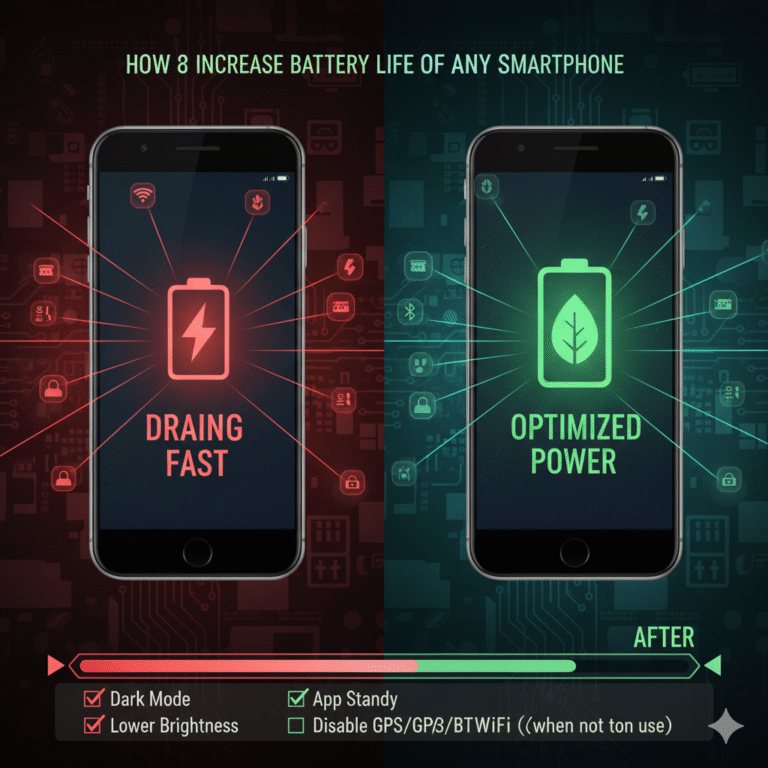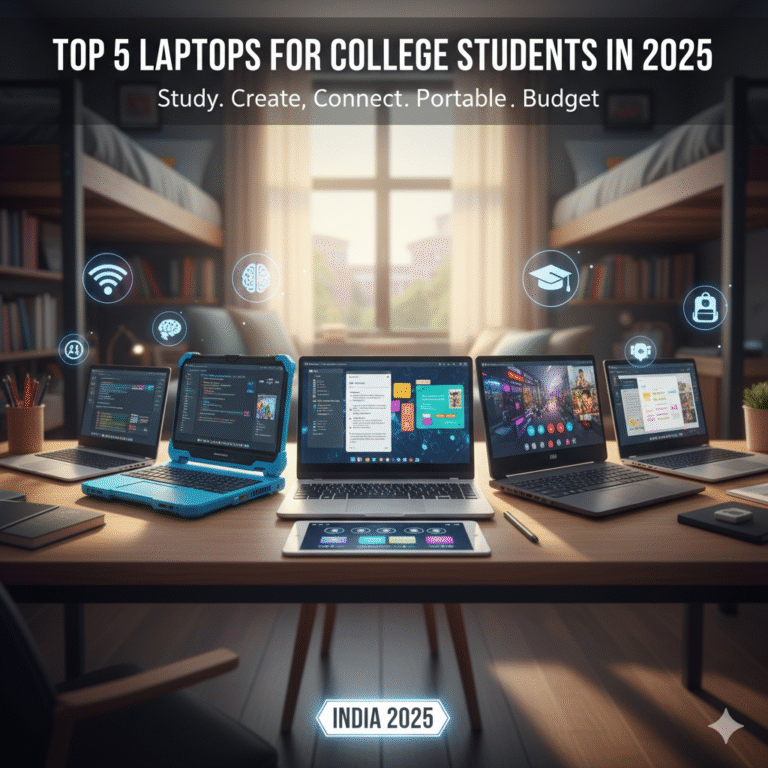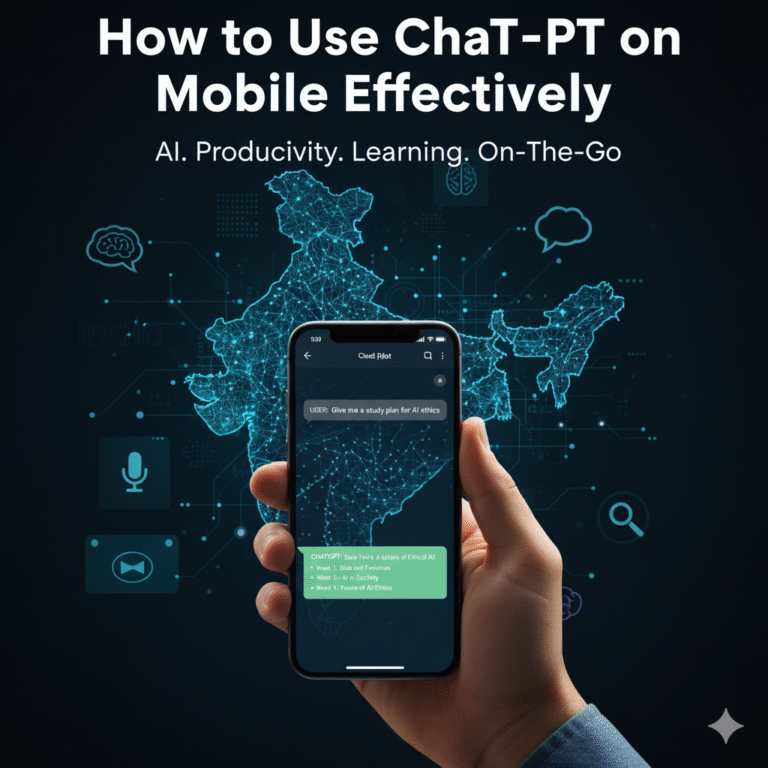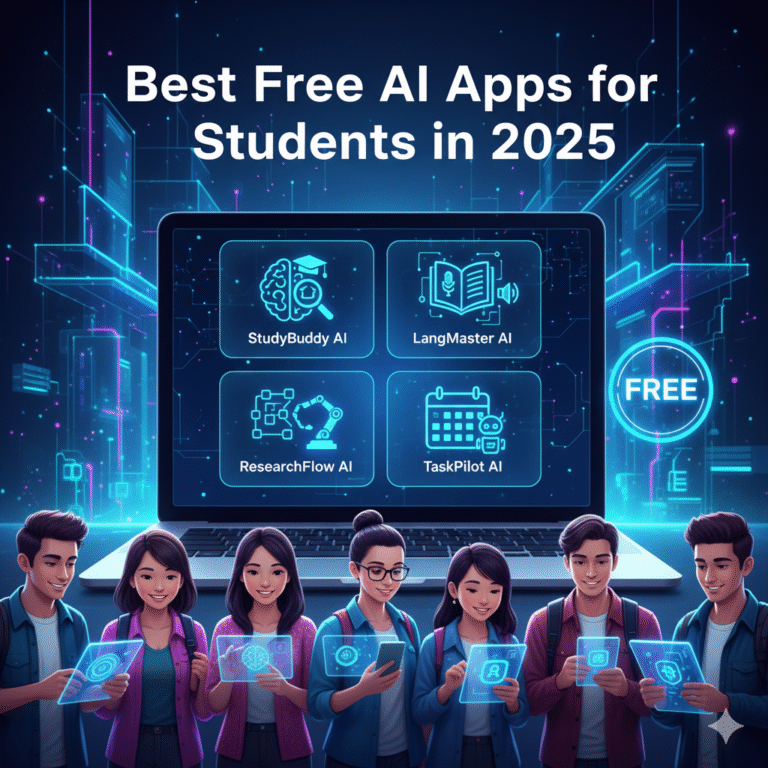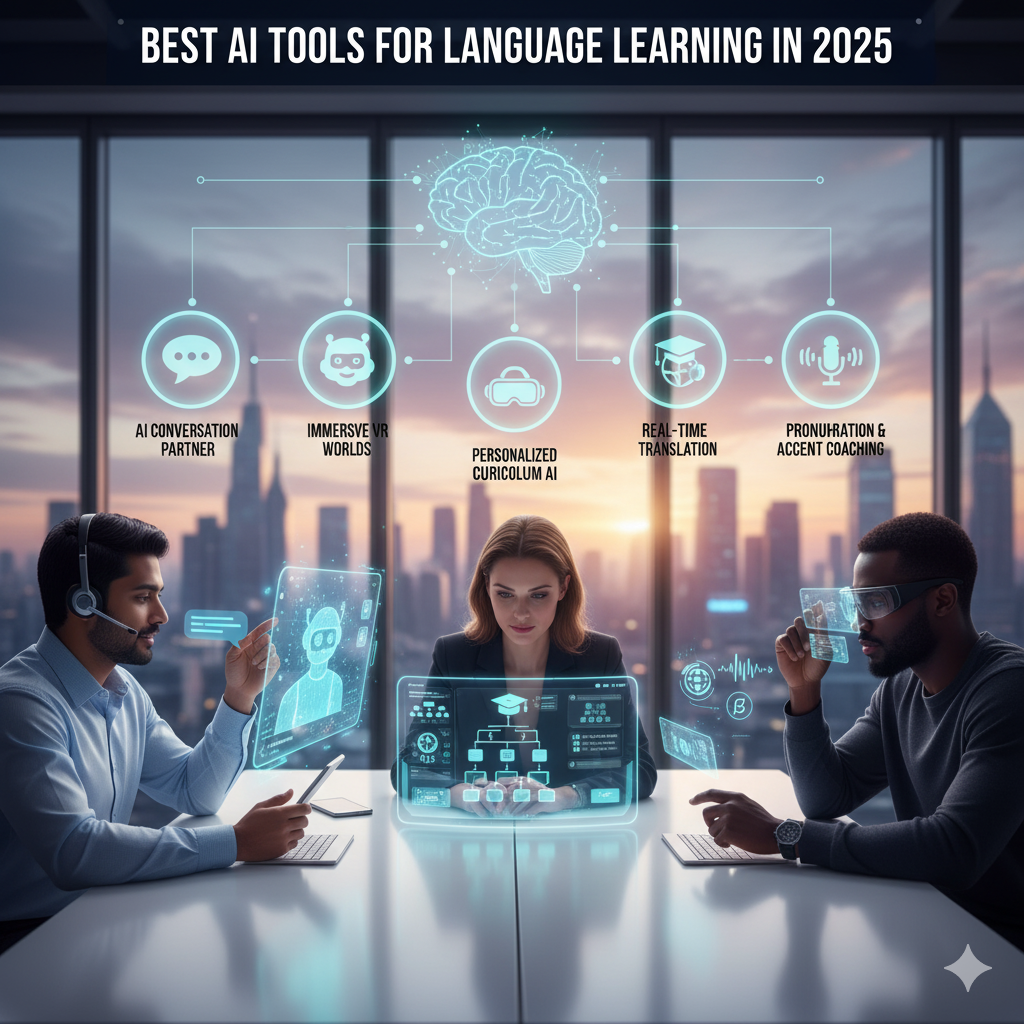
Introduction
Learning a new language has always been a mix of excitement and challenge. From carrying pocket dictionaries to attending night classes, people have tried countless methods to master foreign languages. But here in 2025, we have a new ally—Artificial Intelligence (AI).
AI-powered tools are changing the way we learn. They don’t just give translations; they adapt to your pace, correct your mistakes instantly, and make learning feel natural. Imagine having a friendly tutor who never gets tired and is always available in your pocket—that’s what AI brings to language learning today.
In this article, we’ll explore the best AI tools for language learning in 2025, why they stand out, and how they make the process easier, faster, and more enjoyable.
Table of Contents
| Sr# | Headings |
|---|---|
| 1 | Why AI is Transforming Language Learning |
| 2 | Key Benefits of AI Tools for Learners |
| 3 | How AI Personalizes Learning |
| 4 | Best AI-Powered Language Apps in 2025 |
| 5 | ChatGPT and Conversational AI |
| 6 | Duolingo Max – AI Gamified Learning |
| 7 | Memrise with AI-Powered Immersion |
| 8 | Google Gemini for Real-Time Translation |
| 9 | Elsa Speak – Perfecting Pronunciation |
| 10 | LingQ with AI Content Recommendations |
| 11 | AI Chatbots vs. Human Tutors |
| 12 | How AI Fits into Daily Learning Routines |
| 13 | Future Trends in AI Language Learning |
| 14 | Common Challenges and Limitations |
| 15 | Conclusion |
1. Why AI is Transforming Language Learning
AI is not just a buzzword—it’s a game-changer. Traditional learning methods often rely on fixed lessons and textbooks. AI, on the other hand, learns from you. It understands your strengths, weaknesses, and even your learning style.
Think of AI as a mirror—it reflects your performance and adapts instantly. That’s why students and professionals alike are shifting to AI-powered tools in 2025.
2. Key Benefits of AI Tools for Learners
Here are some standout advantages:
- Personalized lessons: No two learners are the same, and AI adjusts accordingly.
- Instant feedback: You don’t have to wait for a teacher; corrections are immediate.
- 24/7 availability: Learn anytime, anywhere—no scheduling hassles.
- Engaging experience: AI combines text, audio, and visuals for interactive lessons.
In short, AI tools are like personal trainers for your brain—pushing you just enough to improve while keeping it fun.
3. How AI Personalizes Learning
Imagine sitting in a classroom with 30 students. The teacher moves at one speed. Some are bored, some are lost. That’s the problem with traditional learning.
AI fixes this by adjusting the difficulty in real-time. If you struggle with French verbs, it gives you more practice. If you ace vocabulary, it moves you to the next challenge. This adaptive approach keeps you motivated and prevents burnout.
4. Best AI-Powered Language Apps in 2025
Let’s dive into the top tools making waves this year:
- ChatGPT (OpenAI) – conversational practice.
- Duolingo Max – gamified AI lessons.
- Memrise – real-life immersive AI videos.
- Google Gemini – advanced translations.
- Elsa Speak – pronunciation coach.
- LingQ – AI-curated content.
Each of these apps brings something unique to the table, making them must-tries for learners.
5. ChatGPT and Conversational AI
ChatGPT, powered by OpenAI’s GPT-5, is like having a patient conversation partner. You can practice small talk, business discussions, or even role-play scenarios.
For example, want to practice ordering food in Spanish? ChatGPT will act as the waiter, correcting your mistakes gently. It’s like a language playground where you can learn without fear of judgment.
6. Duolingo Max – AI Gamified Learning
Duolingo has been a household name, but in 2025, Duolingo Max steps it up with advanced AI.
- Explain My Answer: AI breaks down why you’re right or wrong.
- Roleplay with AI: Practice conversations in real-world situations.
- Gamified rewards: Keeps you hooked with fun challenges.
It feels less like studying and more like playing a video game—perfect for learners who need a fun push.
7. Memrise with AI-Powered Immersion
Memrise uses real-world videos powered by AI to give learners authentic exposure. Instead of robotic voices, you hear how locals actually speak.
Picture this: You’re watching a short video of a Tokyo street vendor speaking Japanese. AI highlights the key phrases, helps you repeat, and tracks your progress. It’s learning by living, without booking a flight.
8. Google Gemini for Real-Time Translation
Google’s Gemini AI is taking real-time translation to a whole new level. Whether you’re traveling or chatting online, Gemini helps break language barriers instantly.
For learners, it’s like having a dictionary, grammar guide, and translator all in one. You can even record yourself speaking, and Gemini suggests corrections instantly.
9. Elsa Speak – Perfecting Pronunciation
One of the hardest parts of language learning is pronunciation. Enter Elsa Speak.
Using AI voice recognition, Elsa analyzes your speech down to the smallest detail. It tells you exactly how to adjust your mouth, tongue, and tone. It’s like having a personal speech coach in your pocket—something textbooks can never provide.
10. LingQ with AI Content Recommendations
LingQ uses AI to recommend articles, podcasts, and videos suited to your level. Instead of random lessons, you get tailored content that matches your interests.
Love cooking? LingQ suggests recipes in Italian. Into sports? You’ll get Spanish football articles. This keeps learning relevant and exciting.
11. AI Chatbots vs. Human Tutors
Can AI replace human tutors? Not entirely. Human teachers bring emotional understanding and cultural context. But AI offers speed, convenience, and personalization.
The future isn’t AI vs. humans—it’s AI + humans. A hybrid model where AI handles practice, and teachers provide deeper insights.
12. How AI Fits into Daily Learning Routines
The beauty of AI tools is flexibility. You can:
- Practice on your commute with short lessons.
- Use chatbots before bed for conversation drills.
- Set reminders so you never miss a session.
In other words, AI blends into your day like a friendly habit—just like brushing your teeth.
13. Future Trends in AI Language Learning
By 2030, we can expect even bigger leaps:
- Virtual Reality (VR) classrooms with AI teachers.
- Wearable devices giving live corrections as you speak.
- Emotion-aware AI that adjusts tone to keep you motivated.
The journey has only just begun.
14. Common Challenges and Limitations
While AI is powerful, it’s not perfect:
- Cultural nuances are hard for machines to fully grasp.
- Some learners prefer human interaction.
- Advanced features may require paid plans.
But with constant updates, these gaps are shrinking every year.
15. Conclusion
AI in 2025 has made language learning more personal, fun, and accessible than ever before. From practicing with ChatGPT to perfecting accents with Elsa Speak, there’s a tool for every learner.
The key is to use these tools consistently. Remember, AI is a guide, not magic—your effort still matters. But with AI by your side, mastering a new language feels less like climbing a mountain and more like enjoying a scenic hike.
FAQs
1. Are AI tools better than traditional language classes?
AI tools offer personalization and flexibility, but traditional classes provide cultural depth. Combining both is the best approach.
2. Can AI really improve my pronunciation?
Yes, apps like Elsa Speak use advanced speech recognition to guide you on improving pronunciation with precision.
3. Do AI tools work for complete beginners?
Absolutely! Most AI apps are designed to start from scratch and gradually increase the difficulty as you improve.
4. Are AI language learning apps free?
Many apps offer free versions, but advanced features (like unlimited practice or premium AI corrections) usually require paid plans.
5. What is the future of AI in language learning?
Expect more VR classrooms, wearable learning assistants, and real-time emotion-aware AI tutors in the near future.


